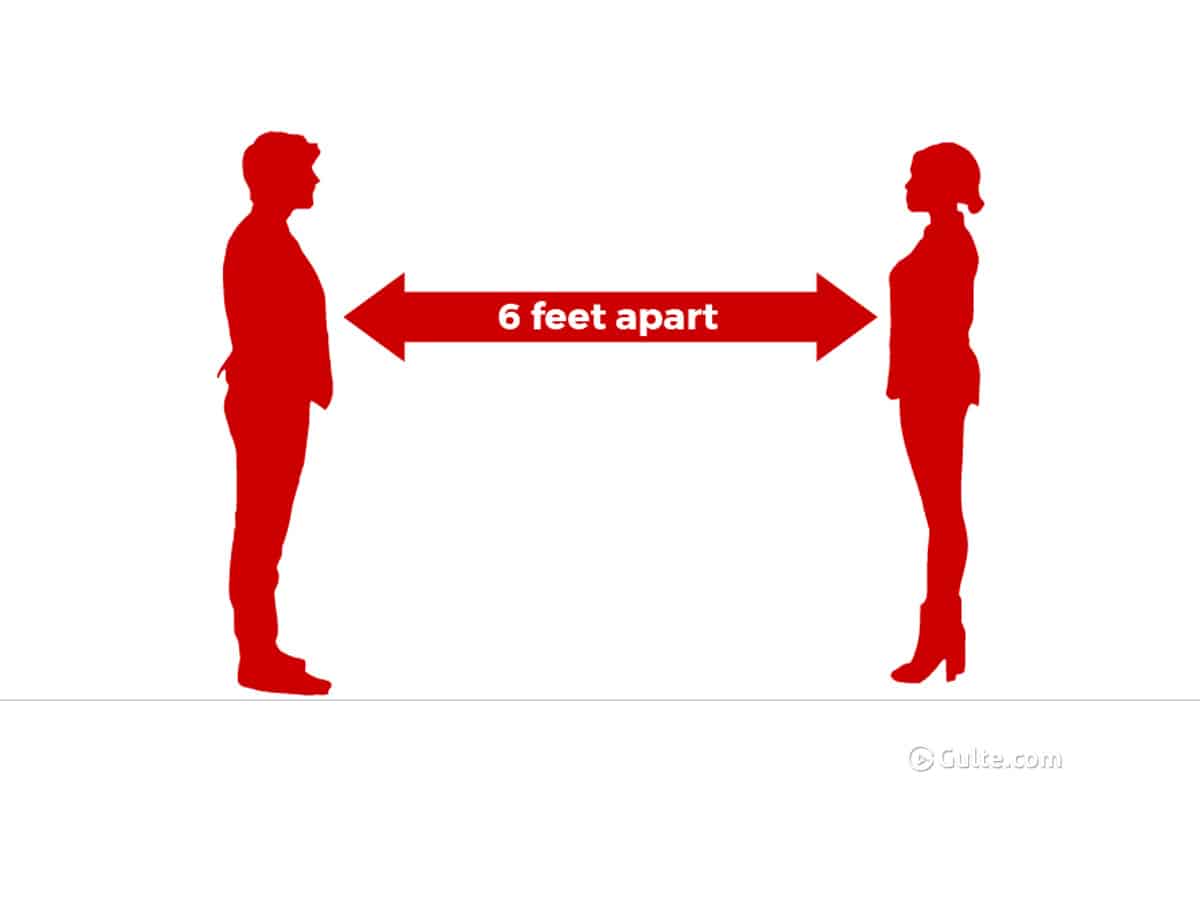The latest study suggests that a physical distance of two metres or six and a half feet is no longer enough to entirely prevent transmission of virus-carrying airborne aerosols indoors. The situation is not the same as in early pandemic times and social distance alone is not enough to prevent human exposure to exhaled aerosols. The experts believe that we should implement other control strategies such as masking and adequate ventilation.
The experts have done research on three important factors – air ventilation, the indoor airflow pattern associated with different ventilation strategies and the aerosol emission mode of breathing versus talking.
They also compared the transport of tracer gas (A gas introduced in small quantities into the main body of air to determine either the air current or the leakage paths in a ventilation system). And human respiratory aerosols ranging in size from one to 10 micrometres. Aerosols in this range can carry-CoV-2, the virus that causes COVID-19.
Gen Pei, who is the first author and doctor at Pennsylvania State University said that they set out to explore the airborne transport of virus-laden particles released from infected people in buildings. What they could find is that virus-laden particles from an infected person’s talking can quickly travel to another person’s breathing zone within one minute. And two meters is not enough.
As per researchers, most commercial buildings use mixed-mode systems, which helps in mixing outside air to dilute the indoor air and result in better air integration. Airborne infection probability could be much higher for residential environments than office environments, concluding that ventilation and distance are only two options in an arsenal of protective techniques.
Tags Covid 19
 Gulte Movie News And Politics
Gulte Movie News And Politics

















